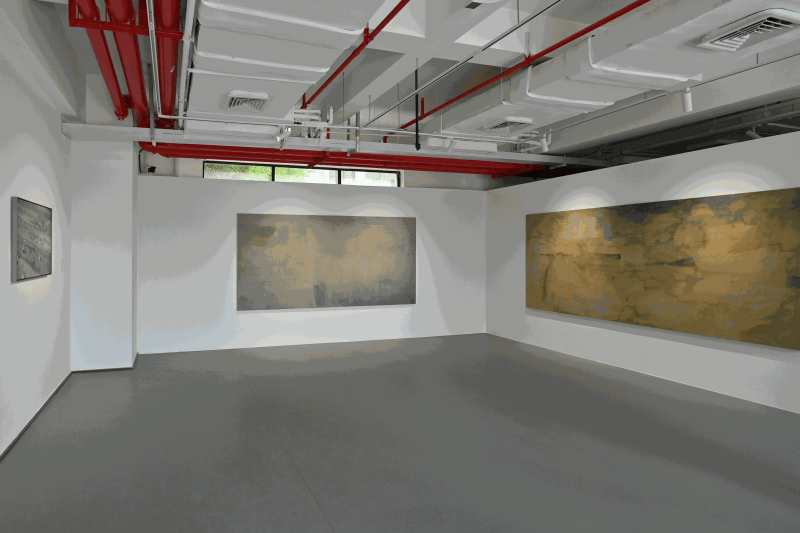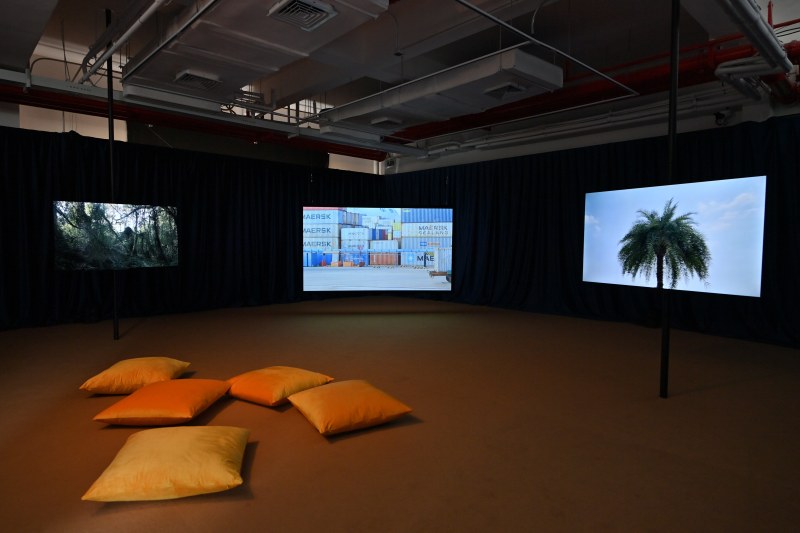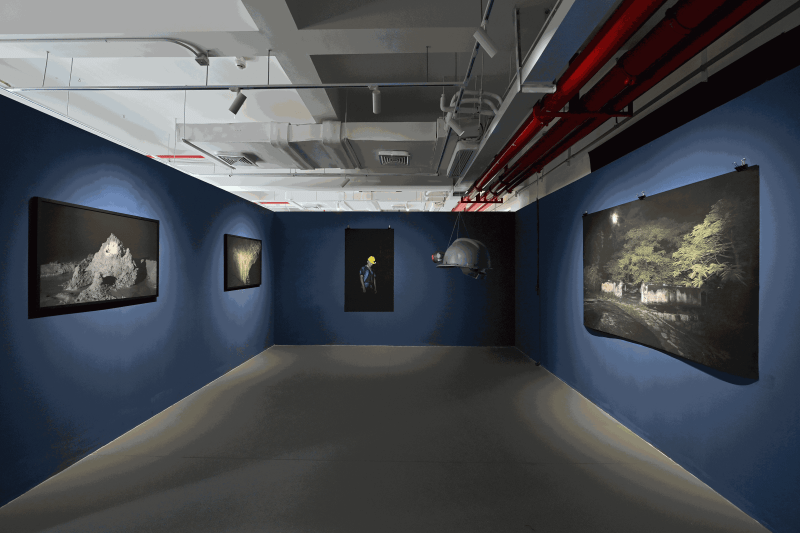Sometimes Your Legs Spread the Sleeping Waves
On the ferry to the island, I saw spots of sunlight floating in the sparkling sea and "mountains in the sea" shrouded in mist. I learned from a Xiamen guidebook edited by an American missionary in 1908 that Kulangsu got its name from a "Drum wave rock": "so called because of a particular wave-like sound produced by the sea rushing through the hollow of a rock that reposes on the beach back to the Germain consulate house." Some fishermen say the wave-like sound can spread across half of the island on windy nights. I boarded the Citizen's Wharf with the roar of the motor. At the exit, the resident artists were under the shade of a tree.
On this island, the superficial representations overlap with the oldest representations: sea and land—the world's oldest mythological motifs—they created a miraculous soundscape and named an inconspicuous place on the country's map with a loud and catchy name. Experts at the UNESCO World Heritage Committee clearly prefer to tell humanistic stories rather than legends, and they identified this place as the birthplace of the "Amoy Deco Style" movement, saying it embodies the early stage of Asian globalization in which Asia encountered, exchanged and blended with different values from other parts of the world. Folklore, history, indigenous culture, modernity's heritage, aesthetics, geopolitics, and natural and artificial landscapes have shaped the island for centuries.
In the eyes of the resident artists: Wu Yumo & Zhang Zeyangping, Zhang Beichen and Yao Cong, this is a huge rock to be decoded, translated or carved. Instead of letting their lenses be overwhelmed by the plethora of buildings of all nations or caring whether things are passing faster behind them, they focused on capturing the mysterious message the island sent them: the sound marks left on the reef by never-ending tides, the pale image of alien plants left on photographic paper; the symphony of war sounding on the yacht; the dreamy encounter between the sunbathing on the beach and the virtual model of plants; the phantom of an abandoned bunker in the jungle at the middle of the night; a faint signal buried on the beach by a gold digger a hundred years ago...
A sailor in the desert raised a wet finger against the wind to find the way forward. That is to say, only by transforming ourselves into perceptual mediators can we, who have nothing, receive and transmit those hidden messages. There are no isolated islands, the signal is always there, and sometimes we have to move our legs to spread the sleeping waves.
(The image comes from The Thief of Talant by French poet Pierre Reverdy)














